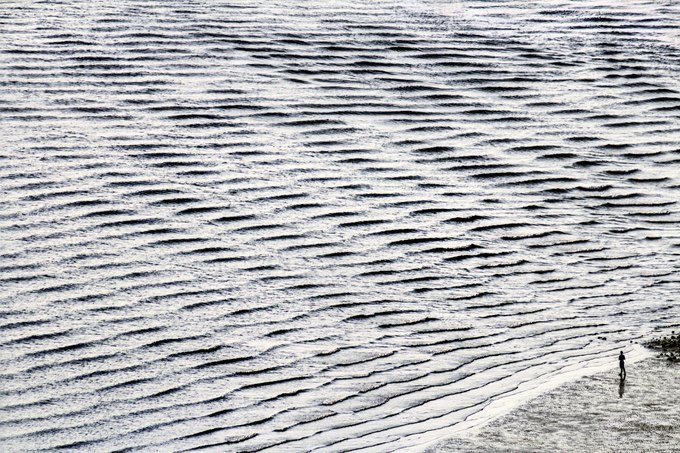South Beach stretches along Elliott Bay in the Puget Sound, extending from the Seattle neighborhood of Magnolia to the West Point Lighthouse in Discovery Park. Formed from sediment deposited by longshore currents, this silt- and sand-laden beach plunges just past the tidal zone to over 100 fathoms. On this late afternoon, evenly spaced waves broke with the regularity of a metronome, undulating in a slow-moving rhythm along the low tide line.
The surface and sounds of the bay are typically quiet. The fetch across the narrow sound is not long enough to create sizable or consistent breakers. “Puget Sound was known as "Whulge," an onomatopoetic Coast Salish word denoting the sound of waves. If you listen closely, the waves washing against the Puget Sound shoreline make a subtle sound. It is not the booming surf of the outer coast but something unique to our region. The quiet, persistent sound of an inland sea," wrote David B. Williams in his book "Homewaters.”
However, large, fast-moving container ships often steam past South Beach as they head to or depart from the Seattle shipyards. The energy generated by plowing through water from the ship's bow sends out trails of V-shaped waves. These ships produce waves of remarkable uniformity and size, lasting for half an hour and reaching 3 to 6 feet, large enough for a small group of Puget Sound surfers. As shown in this photograph, there are times when an oscillating swell created by wind and tidal currents courses diagonally to the ship waves, resulting in a geometric, rippling pattern called a cross sea, which creates a subtle moiré pattern.

